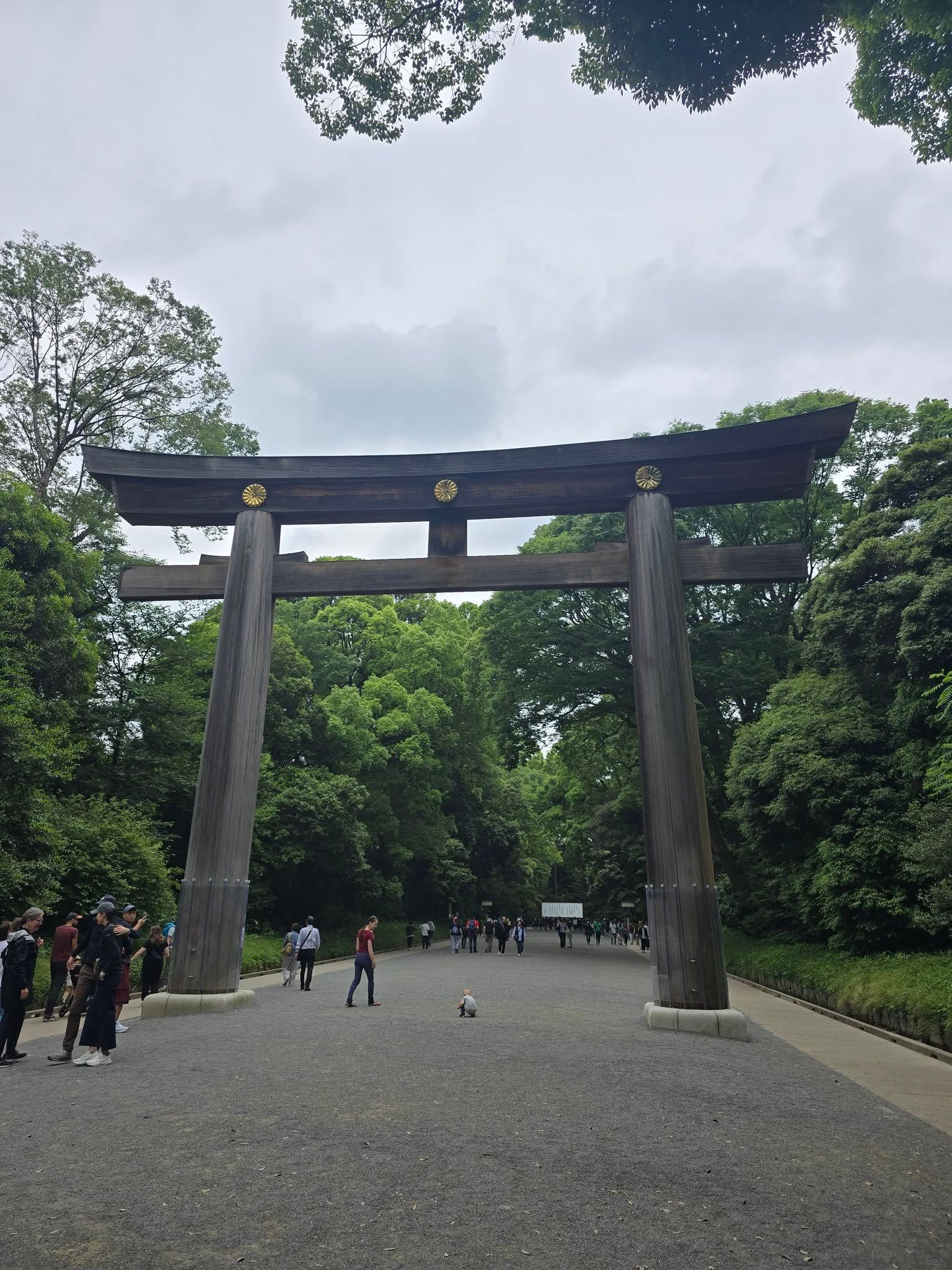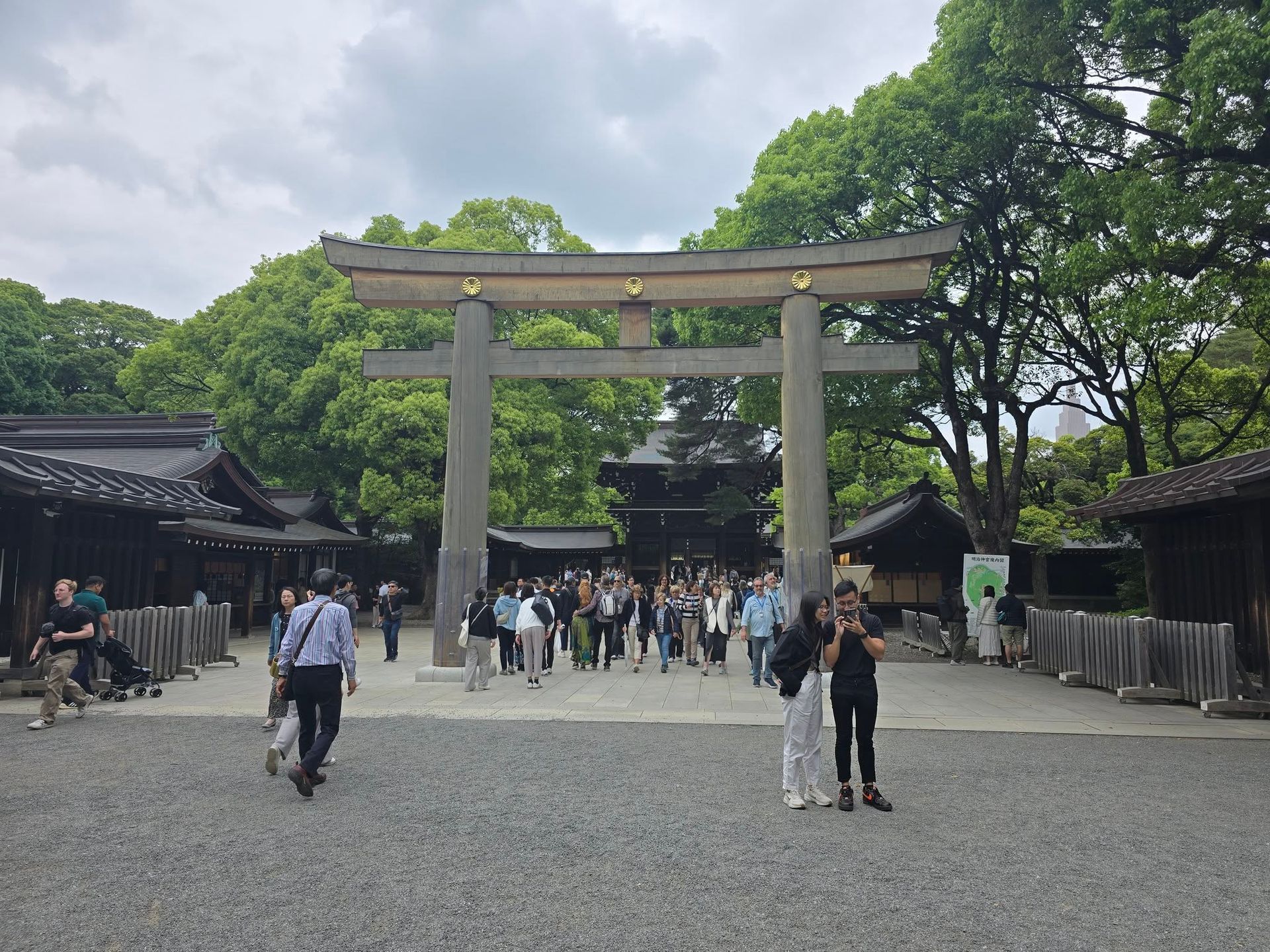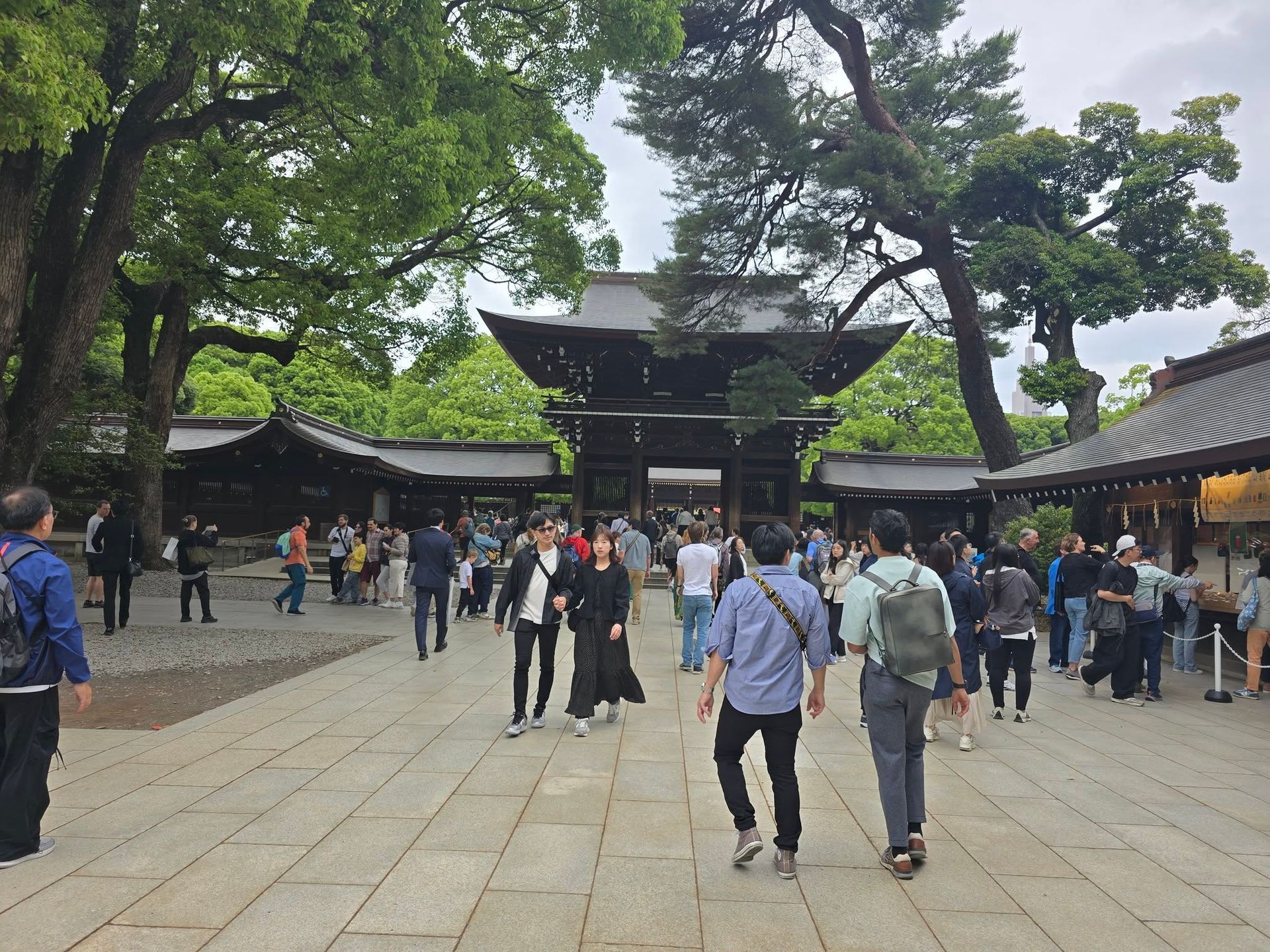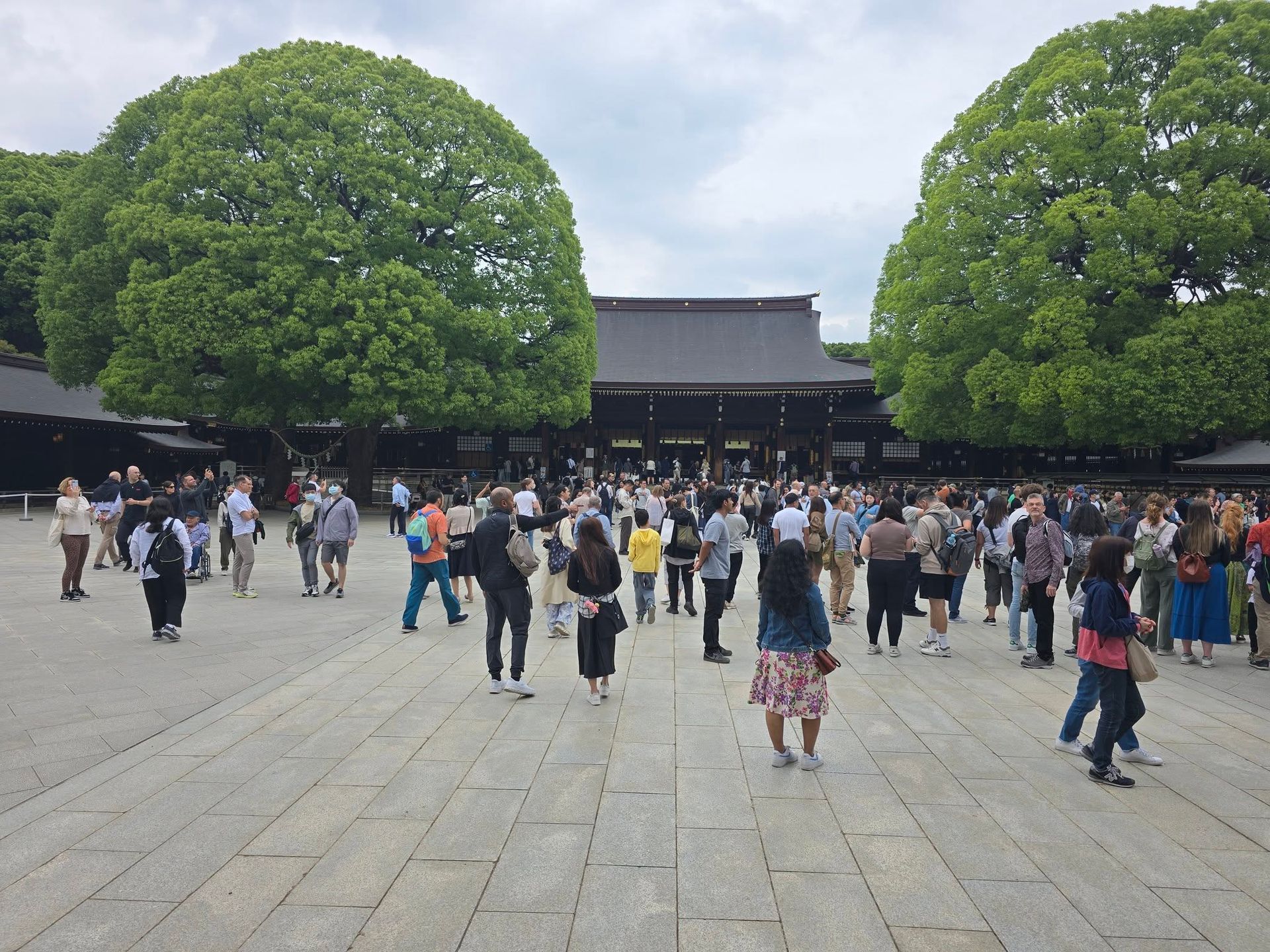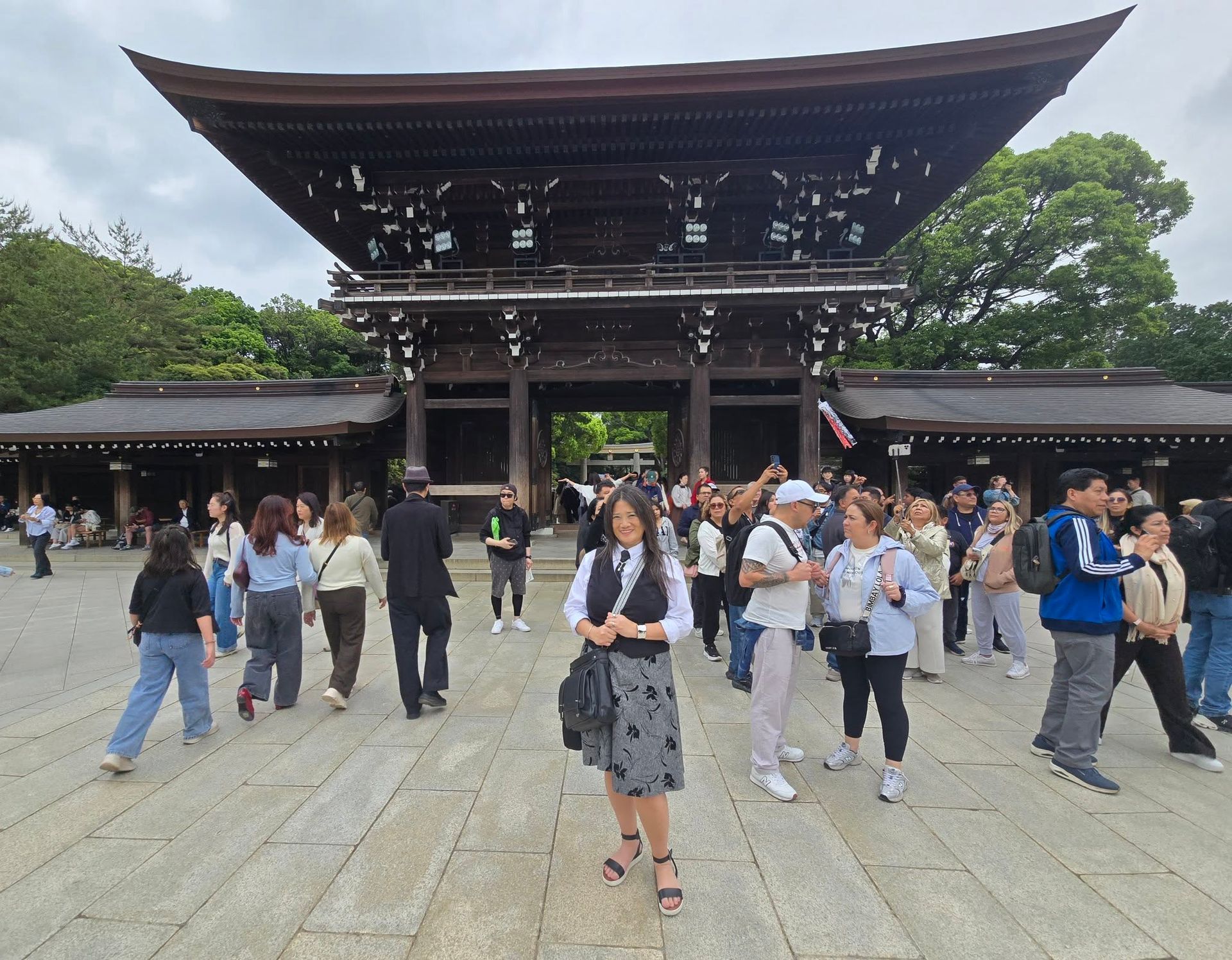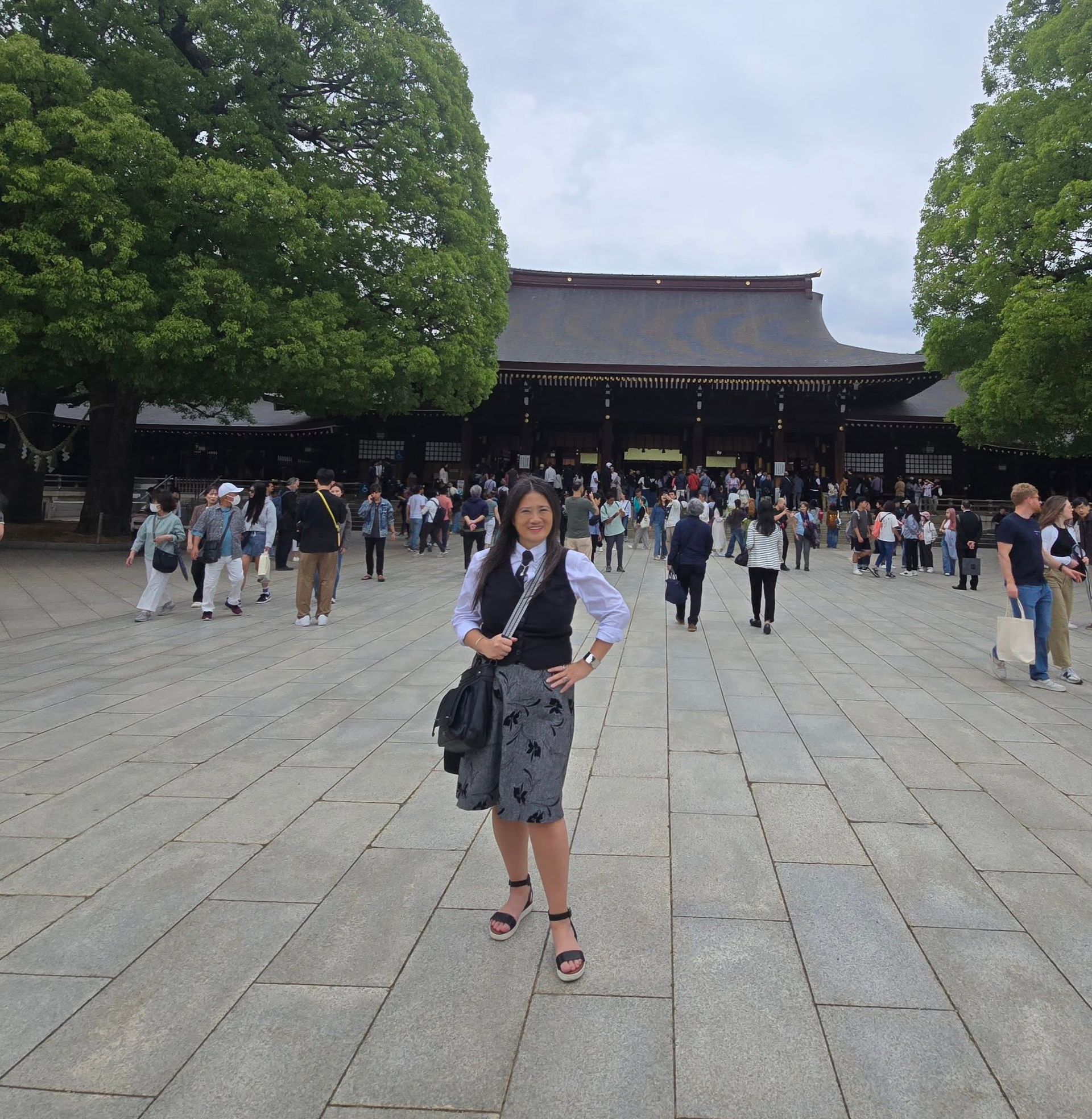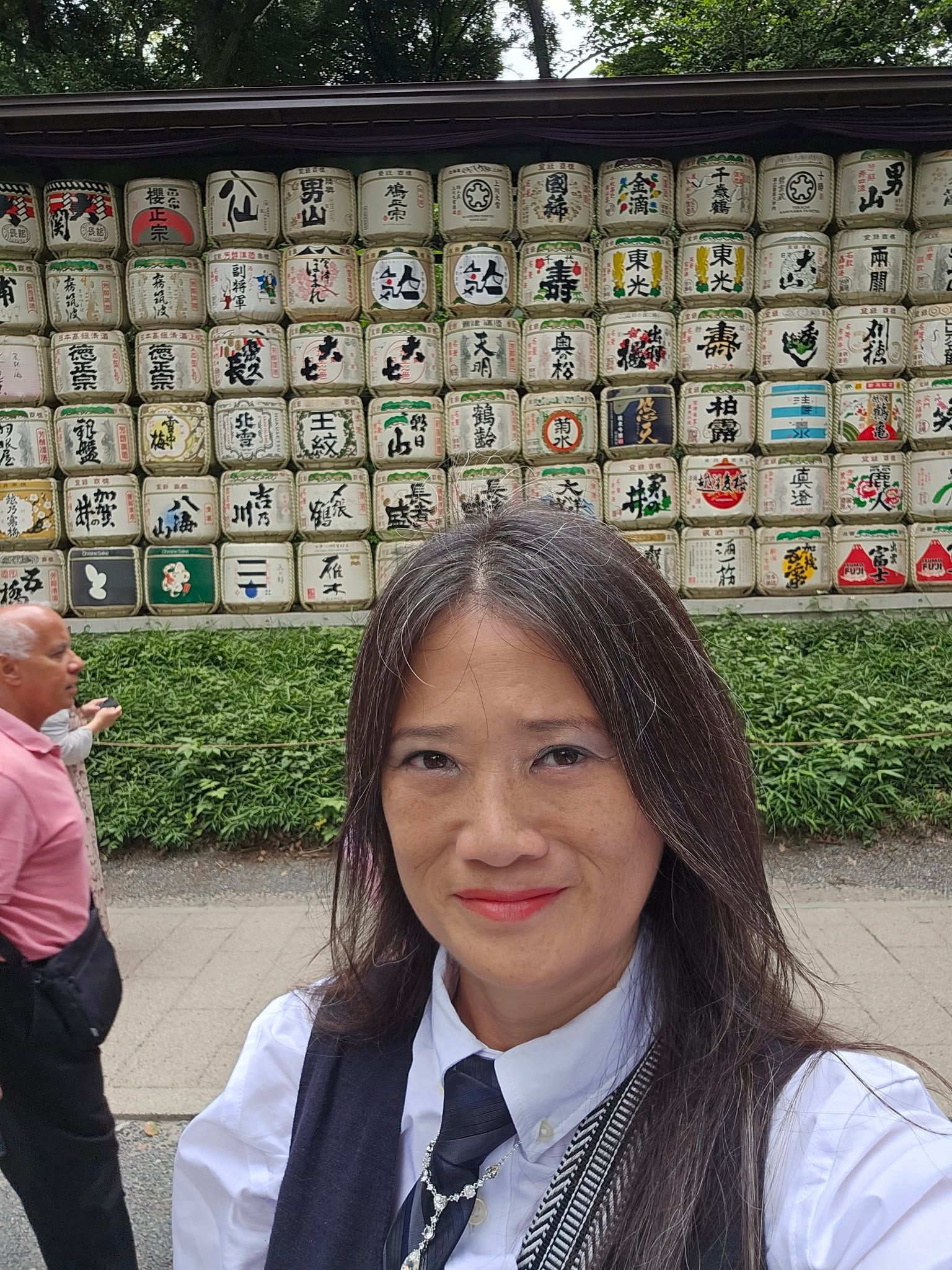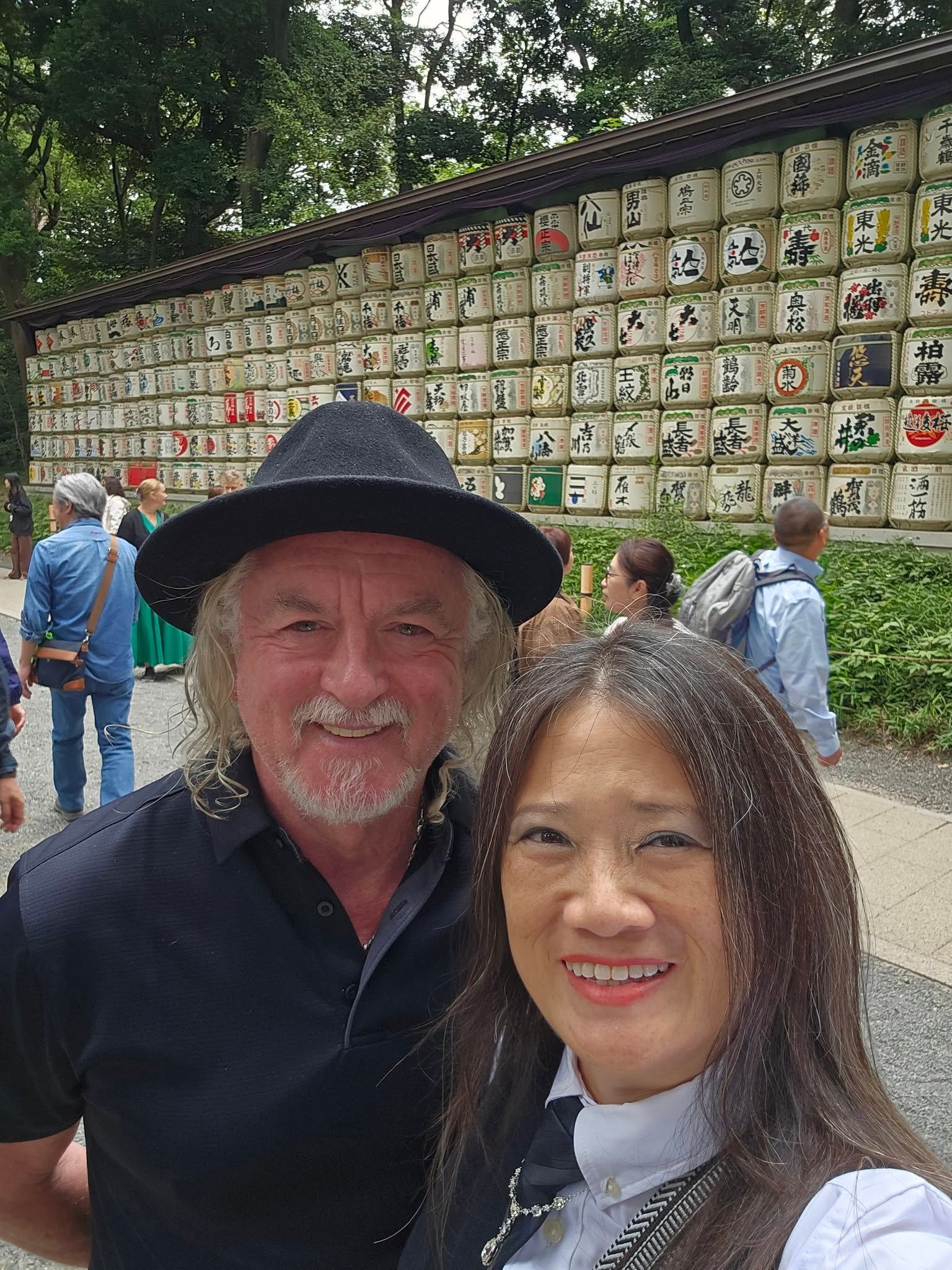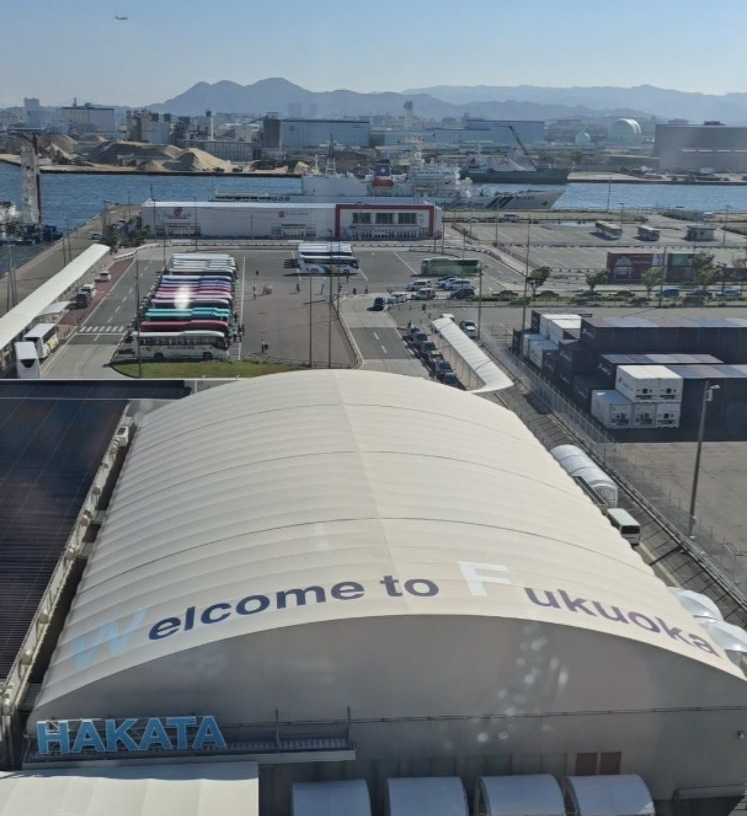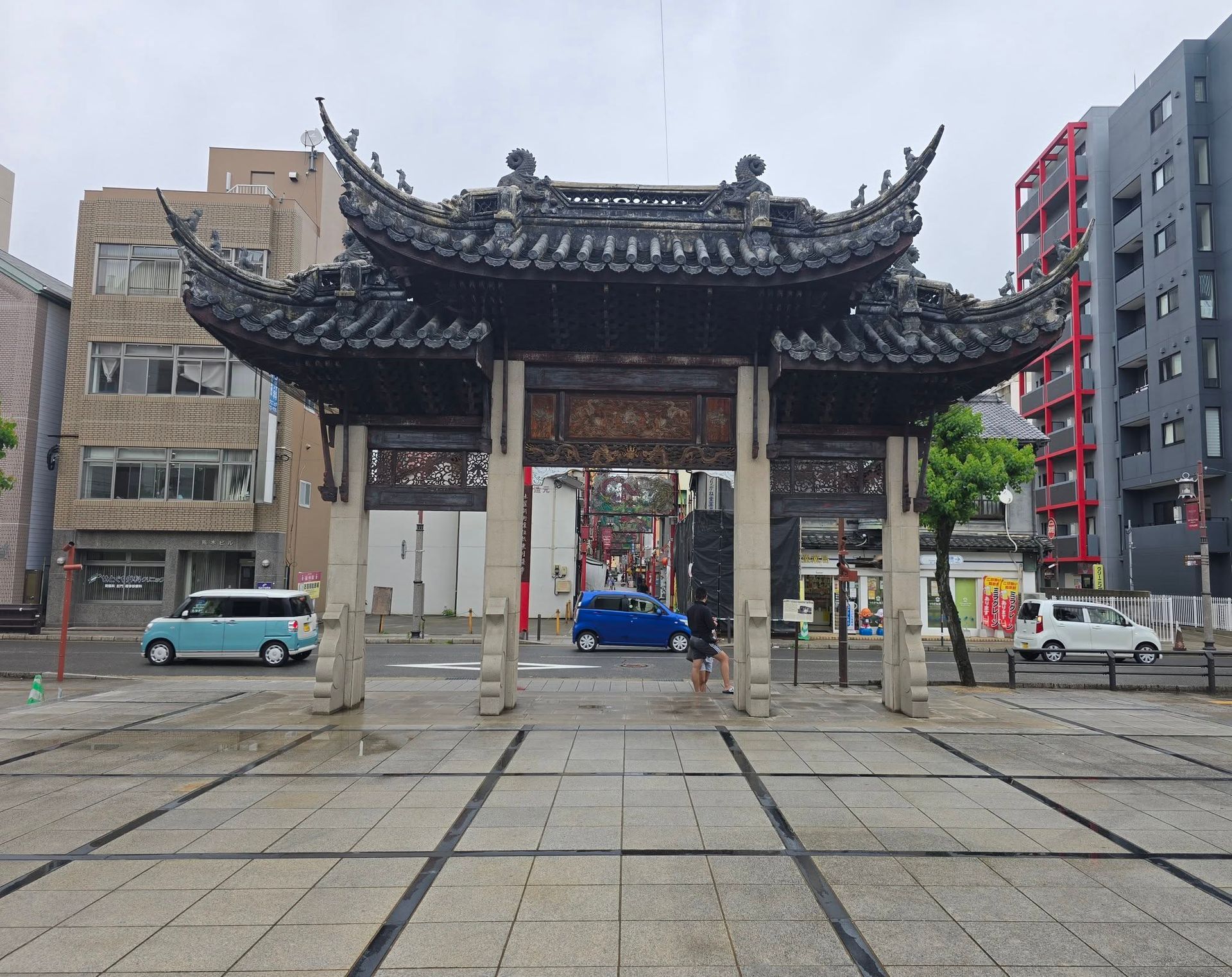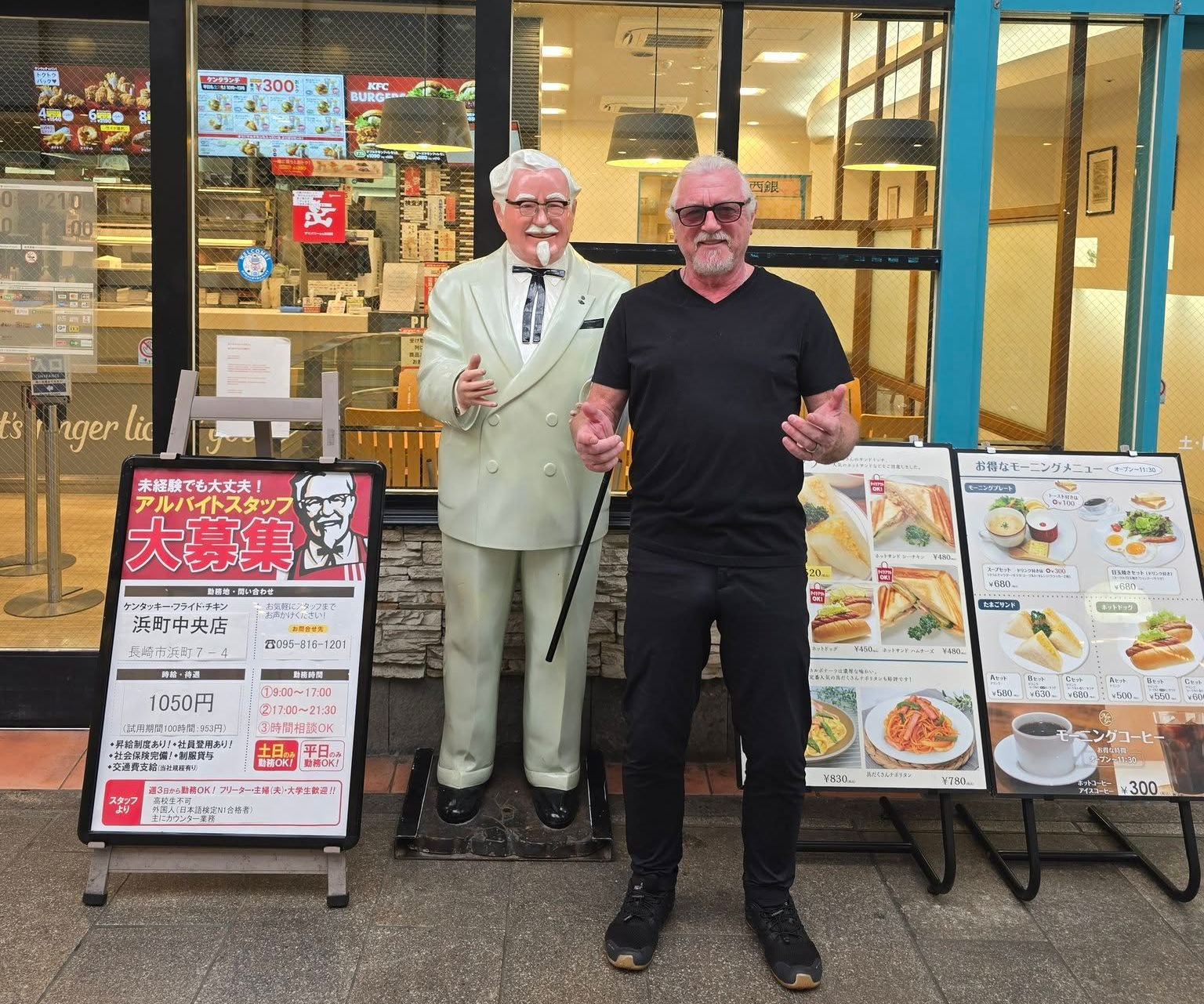A Peaceful Morning at Meiji Jingu Shrine in Tokyo
Siva McAteer • July 15, 2025
Shinto Traditions & Surprising Sights
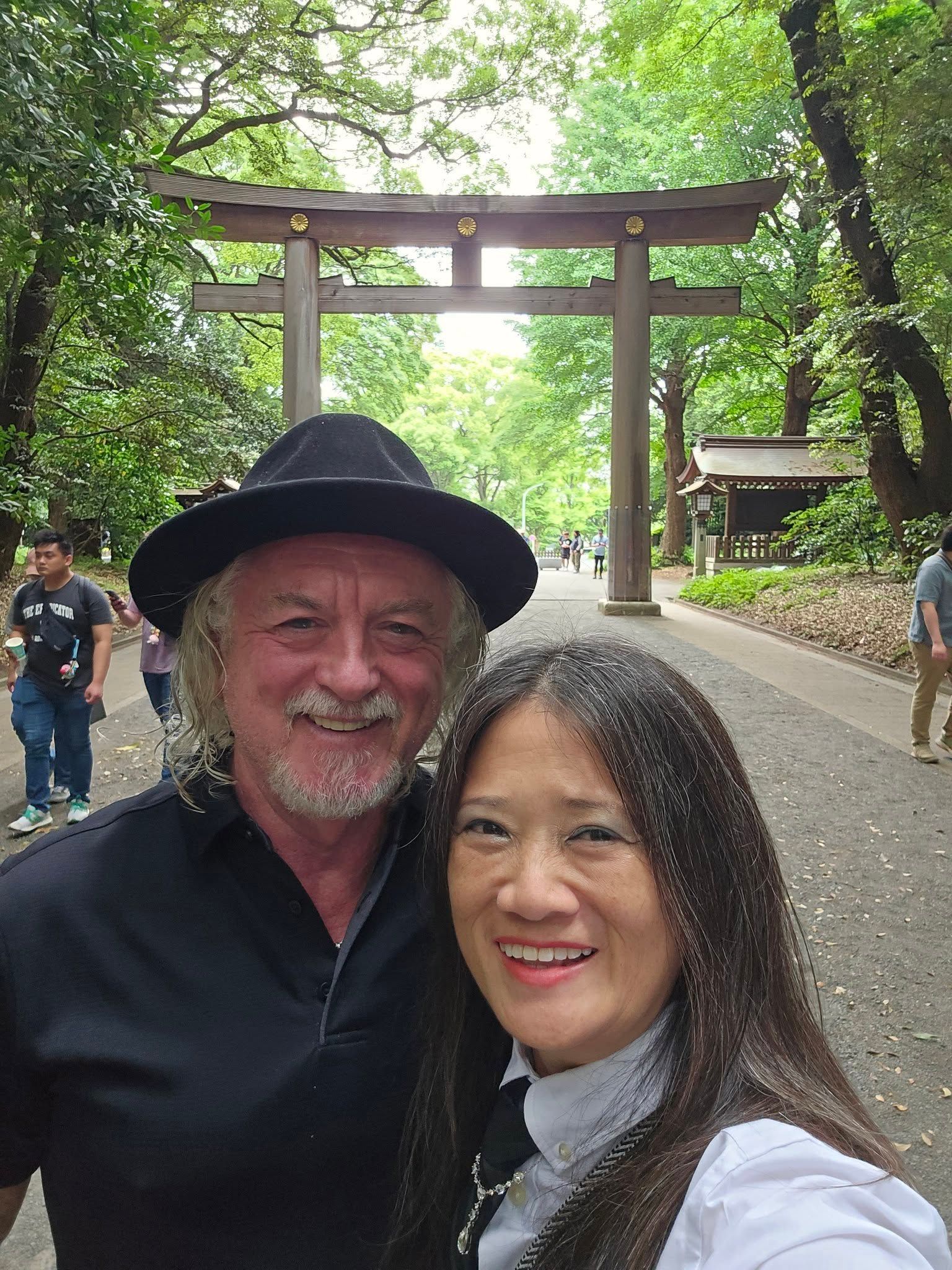
Welcome back, fellow adventurers! I’m Siva McAteer, a travel blogger currently exploring the magic of Tokyo, Japan, before setting sail on a 12-day cruise aboard the Celebrity Millennium. 🚢✨
Today, I’m taking you along as we visit one of Tokyo’s most peaceful and spiritual destinations—the Meiji Jingu Shrine in Shibuya.
🚕 First Stop: Meiji Jingu Shrine – Tokyo's Tranquil Hidden Gem
We hopped in an Uber in Tokyo, and just like that, we were whisked away to this incredible place. As soon as we arrived, we followed the steady stream of people toward the shrine entrance and were instantly greeted by the towering Torii gates—massive wooden structures that symbolize the boundary between the secular world and the sacred space of the shrine.
Even though you’re in the heart of Shibuya, one of Tokyo’s busiest districts, it all melts away once you step into this Shinto sanctuary. It’s calm, green, and surprisingly quiet—a perfect retreat from the city noise.
⛩ What is the Meiji Jingu Shrine?
Meiji Jingu Shrine is a Shinto shrine dedicated to Emperor Meiji and Empress Shōken, located right in Shibuya, Tokyo. It’s one of Japan’s most important spiritual sites and offers a unique blend of nature, history, and tradition. The grounds include a peaceful forest, a beautiful garden, and even a small museum.
💒 A Once-in-a-Lifetime Wedding Moment
While walking through the shrine, we were incredibly lucky to witness a traditional Japanese wedding procession. Talk about timing! The bride looked absolutely stunning in her white kimono, and it was so moving to see a real cultural ceremony unfold right before our eyes.
This is just one of the many rites of life performed at Meiji Jingu Shrine—families gather here to pray for blessings, celebrate milestones, and give thanks. It’s moments like these that make travel so rewarding.
🍶 Colorful Sake Barrels – What Are They?
On our way out, we spotted rows of beautiful colorful barrels—no, they’re not decorations, they’re filled with sake, Japan’s traditional rice wine. These barrels are offerings made to the shrine and are known as kazaridaru. They run along the south side and continue on the opposite path, making for a vibrant photo op and a meaningful cultural display.
🗺 Next Stop: Shibuya!
Although we could’ve easily spent hours here, we’re now off to explore Shibuya, just a 20-minute walk from Meiji Jingu. I’m so excited to dive back into the city vibe and see what Tokyo has in store for us next!
Thanks for joining me on today’s adventure! I’m Siva McAteer, and I’ll be sharing all my stops, surprises, and must-see moments across Japan and on our upcoming cruise. Don’t forget to subscribe, follow along, and tag me if you end up visiting this sacred gem yourself! 💫
🧳 Key Tips for Visiting Meiji Jingu Shrine:
📍 Address: 1-1 Yoyogikamizonocho, Shibuya, Tokyo 151-8557, Japan
⛩ Entry: Free
🕕 Hours: Open daily from sunrise to sunset
🎎 Look out for: Torii gates, traditional weddings, sake barrels, and forest trails
🚶♀️ Best paired with: A walk to Shibuya Crossing or Harajuku
SEO Keywords:
Meiji Jingu Shrine Tokyo, Shibuya shrine, things to do in Tokyo, traditional Japanese wedding, sake barrels Tokyo, Shinto shrine Japan, Meiji shrine history, hidden gems in Tokyo, Tokyo spiritual experiences, Tokyo shrine near Shibuya, visiting Meiji Jingu, Celebrity Millennium cruise pre-trip, travel blog Japan 2025
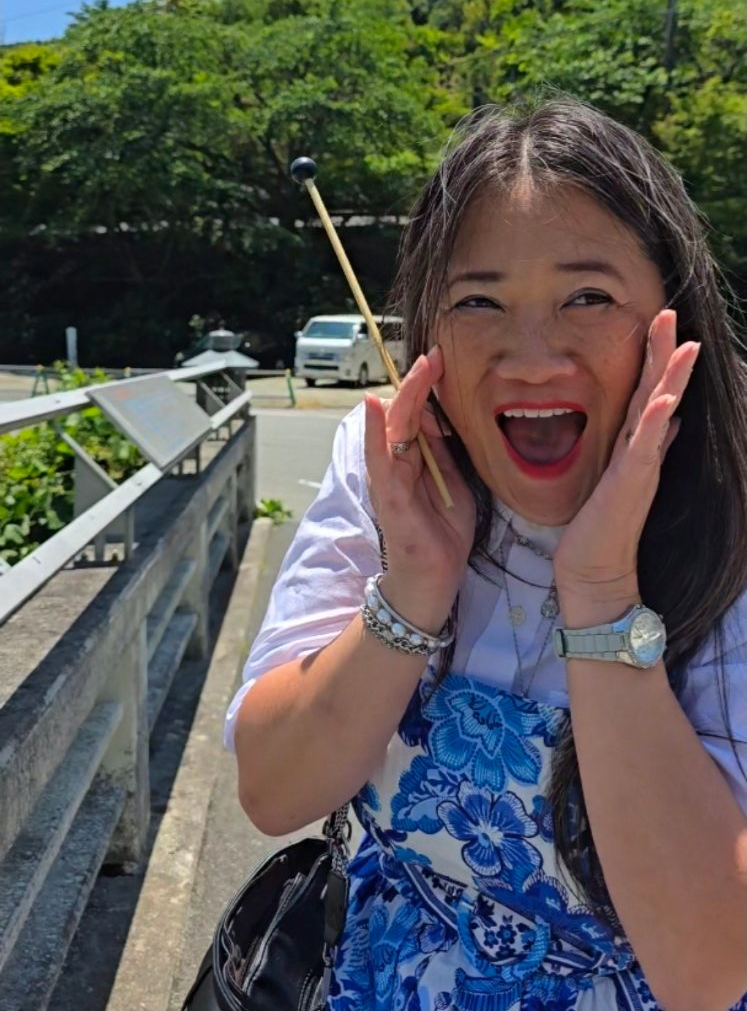
If there’s one thing I’ve learned while exploring Japan, it’s that you can never predict what amazing surprise is waiting around the corner — and today’s adventure was music to my ears! After our awe-inspiring visit to the Nanzoin Temple (you know, the one with the giant reclining bronze Buddha and those famously lucky feet 🦶🍀), we thought the excitement for the day was over. But Fukuoka had one more little wonder to share — a xylophone bridge!
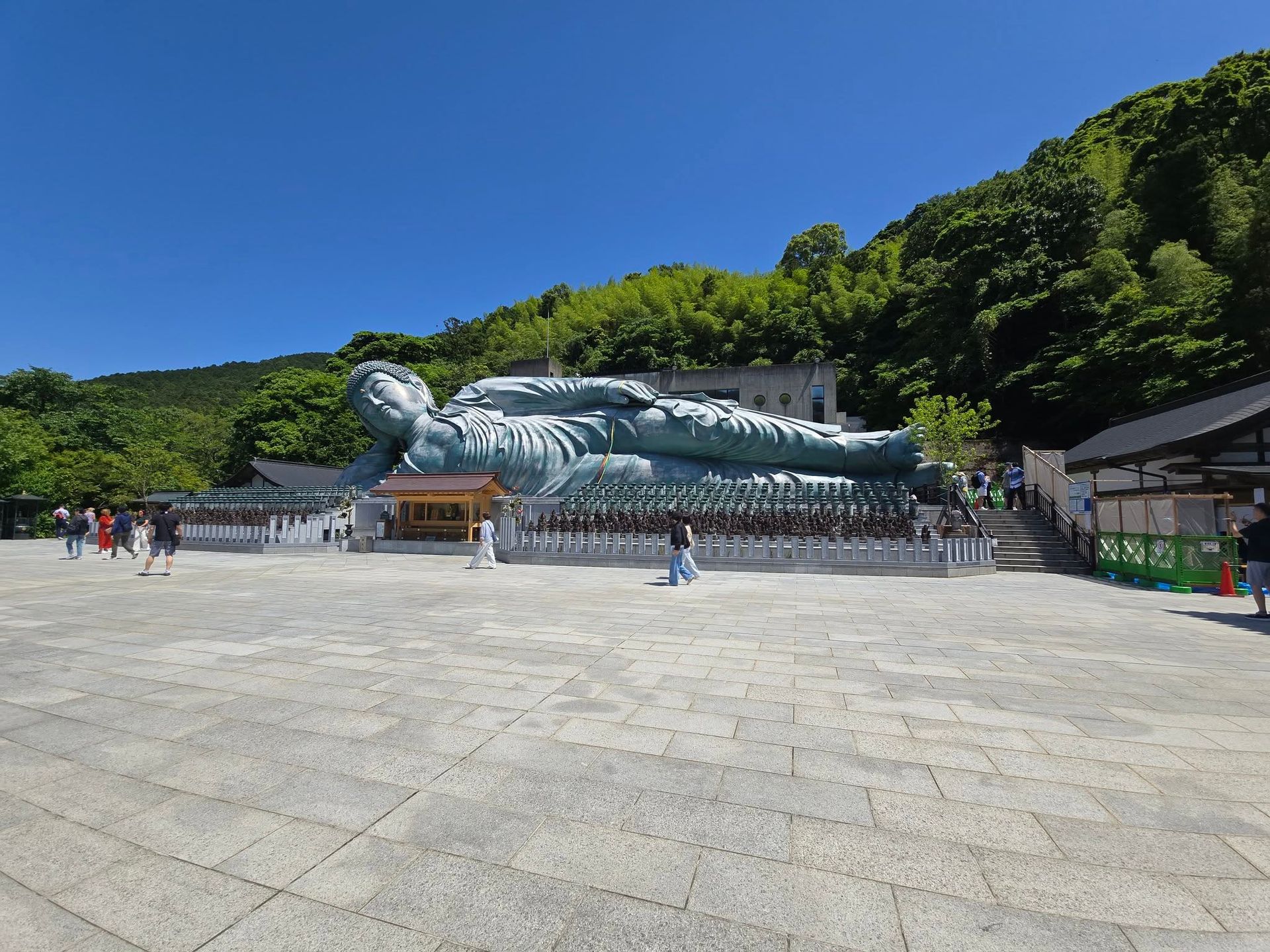
Today’s adventure takes us deep into the heart of Fukuoka, Japan, where ancient legends, peaceful temples, and some seriously big feet await! If you’ve ever dreamed of standing beside one of the largest bronze Buddha statues in the world, this stop on our Celebrity Cruise is going to blow your mind. 🛕 Discovering Nanzoin Temple in Fukuoka Here we are, right where we left off — climbing those final temple stairs and bam! there it is — the reclining bronze Buddha of Nanzoin Temple in all its breathtaking glory. This statue stretches an incredible 134 feet long and weighs over 300 tons! That’s roughly the weight of 200 cars. It’s officially one of the largest bronze Buddha statues in the world, and let me tell you — photos just can’t do it justice.
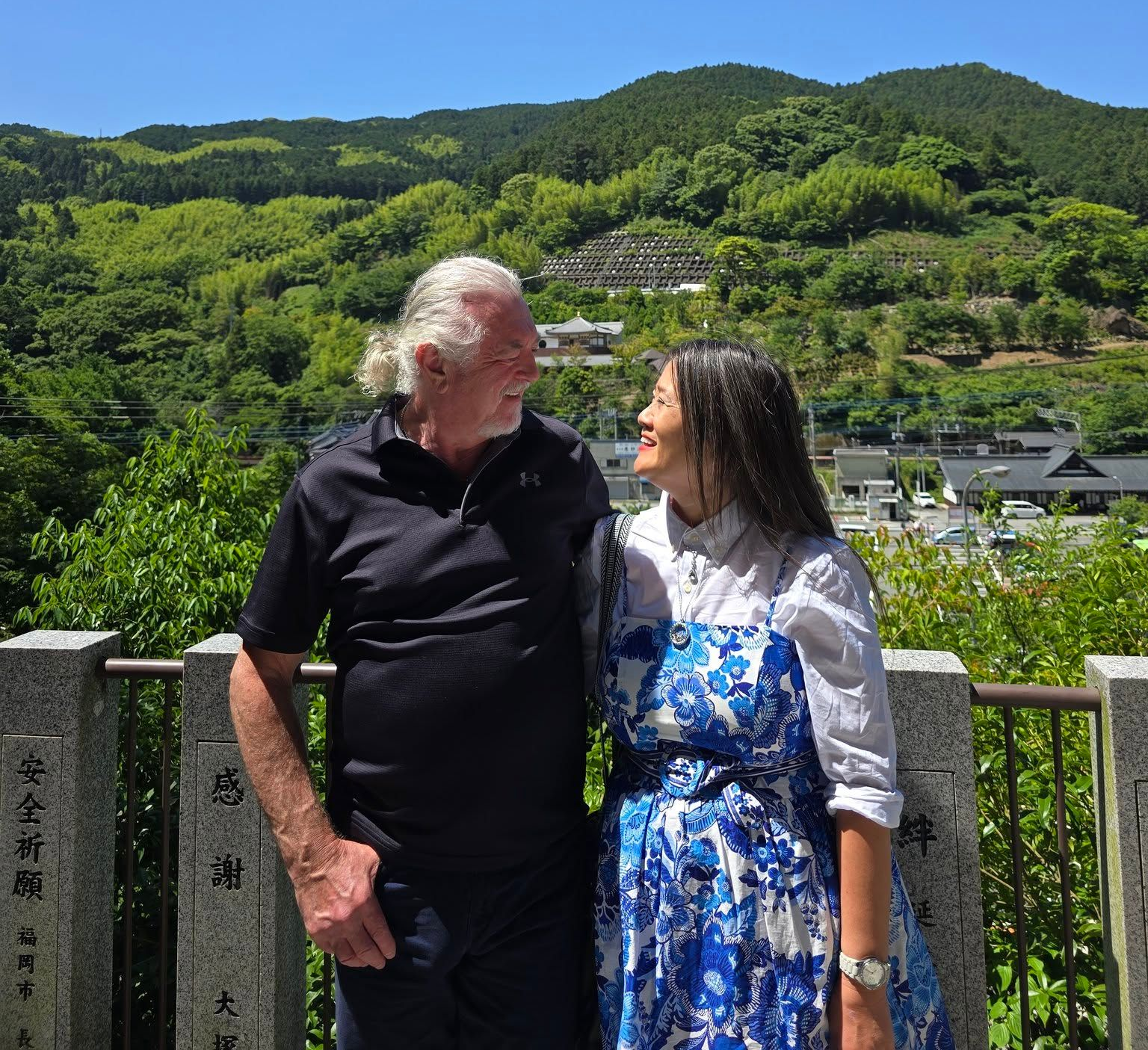
If you’re ever cruising through Japan on a Celebrity Cruise, make sure you don’t miss a stop in Fukuoka — home to one of Japan’s most jaw-dropping hidden gems: Nanzoin Temple. This place isn’t just any temple… it’s where you’ll find one of the largest bronze Buddha statues in the world! And let me tell you — this Buddha is HUGE! Nestled in the lush Fukuoka mountains, Nanzoin Temple feels like stepping into a peaceful, green paradise. But fair warning — bring your walking shoes, because it’s all uphill from here! (And yes, your legs will feel it… but in the best way.)
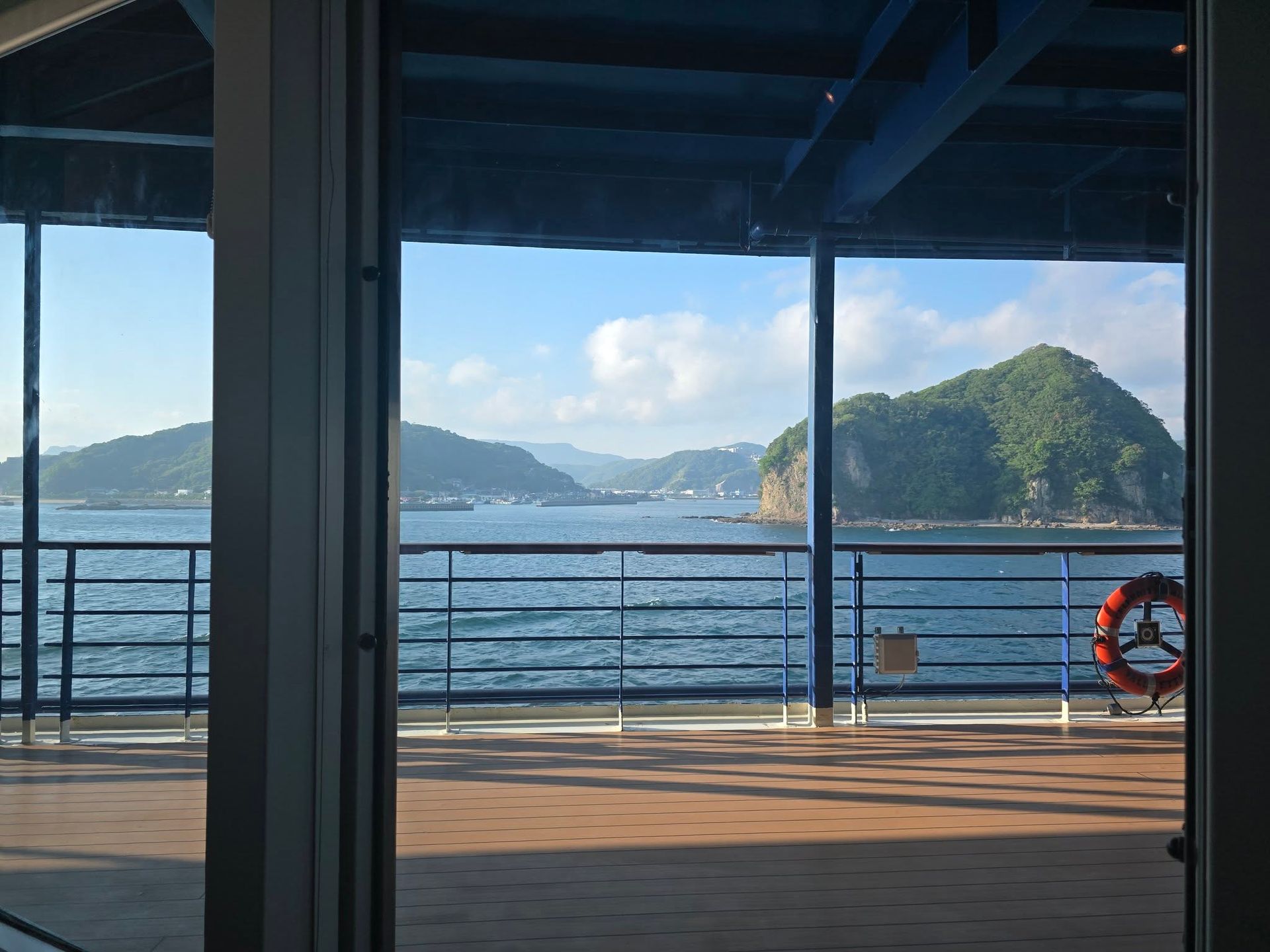
Can we just take a moment for this view? 😍 Calm blue waters, lush green mountains, and picture-perfect white clouds floating above — Nagasaki gifted us the dreamiest backdrop for happy hour aboard the Celebrity Millennium. We settled into the Rendezvous Lounge, where the live music played softly in the background and the cocktails flowed just right. There’s something magical about sipping a drink at sea — the gentle sway of the ship, the hum of happy conversation, and that golden-hour glow over the ocean. It’s one of those “I never want to leave” moments that cruises do so well.
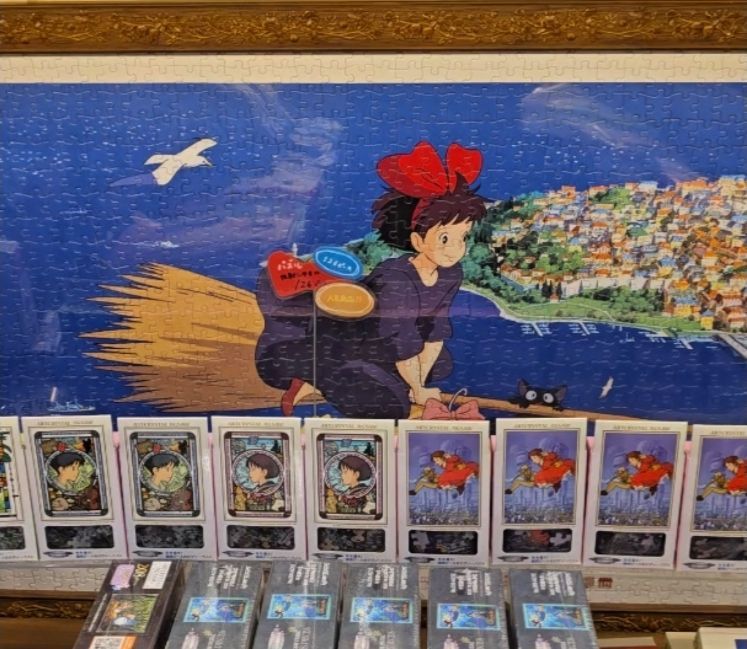
If you’re a Studio Ghibli fan, get ready — Day 9 of our cruise adventure took us straight into Ghibli heaven in Nagasaki. Our stop? Renka, a tiny but utterly enchanting Studio Ghibli store tucked into Shinchi Chinatown. Why Renka Will Steal Your Heart 💛 Renka may be small, but inside it feels like you’ve stepped into a frame from a Ghibli film. Think Totoro plushies, Howl’s Moving Castle trinkets, puzzles, stationery, and whimsical home goods. Everything is official merchandise, beautifully made, yet surprisingly affordable — perfect for souvenirs that are meaningful, not overpriced. Inside, the lighting is soft, the shelves are cozy, and wandering through feels like a gentle stroll through your favorite childhood movies. Fans online say it’s one of the few places in Nagasaki open even in the evenings. Yelp One standout find for us was the No Face piggy bank from Spirited Away. If you know your Ghibli lore, you’ll get why that’s a holy grail item. (We even compared it to the red cup No Face holds — a “same cup” moment!) Fun Fact: Did you know that Ghibli is derived from an Italian word for a “hot desert wind”? The idea was that the studio’s films would blow a fresh wind through the world of animation. Also: Studio Ghibli was co-founded by Hayao Miyazaki and Isao Takahata, two giants of anime. Their films have shaped entire generations of dreamers and art lovers.

If you’re sailing on a Celebrity Cruise, there’s one show you cannot miss — and no, it’s not in the theater. It’s at the Martini Bar, where the bartenders don’t just make drinks… they perform them. 🎭🍸 Welcome to the Martini Bar at the Grand Plaza, the heartbeat of the ship. Set beneath that glittering chandelier, this is where music, laughter, and liquid magic come together. The sleek bar itself is literally topped with ice, keeping your martini chilled to perfection while the vibe stays electric. These high-energy bartenders are true showmen, flipping bottles through the air, catching shakers behind their backs, and stacking glasses with flawless precision. Every move is choreographed, every pour perfectly timed. Think Cirque du Soleil meets cocktail hour! 🍹✨ And just when you think you’ve seen it all, the grand finale begins — the famous Cascading Pour. One flawless stream of martinis flows across a row of glasses, filling twelve drinks in perfect harmony. The crowd cheers, the music swells, and the energy is contagious. Here’s the best part — once the show’s over, those freshly poured martinis? They’re up for grabs! 🍸🙌 So, yes, stick around till the very end — your patience just might earn you a free martini. This isn’t just a bar; it’s an experience. Whether you’re mingling with new friends, people-watching in the Grand Plaza, or simply soaking in the show, the Martini Bar embodies everything that makes Celebrity Cruises so special — style, energy, and pure fun.
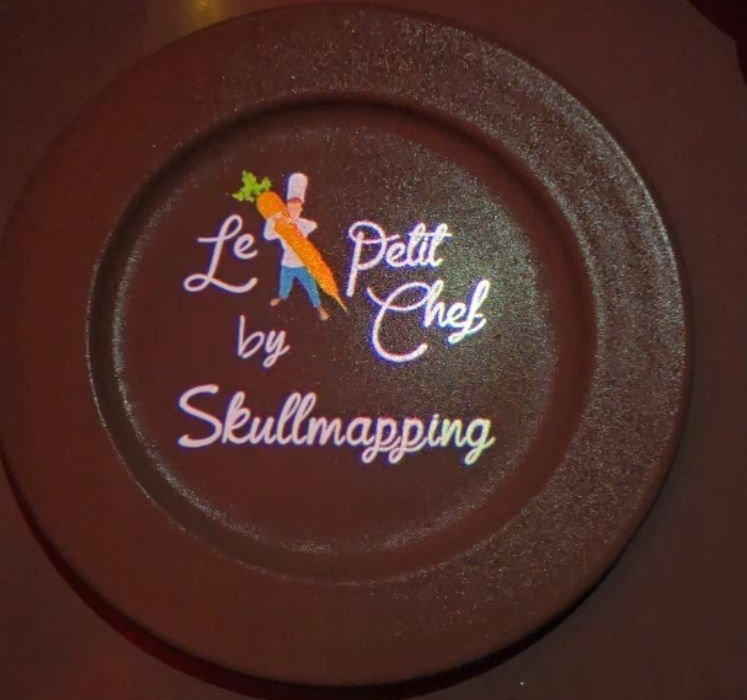
After three magical wishes filled with flavor, fantasy, and a few culinary mishaps, our tiny table-top hero has reached the end of his story. Welcome to the final chapter of Le Petit Chef aboard Celebrity Cruises — where even the smallest chef learns the biggest lesson of all. 🌟 ✨ The Final Chapter: No More Wishes, Just Wisdom Our story begins with Le Petit Chef realizing that he has… well, nothing left. No more wishes. No ice cream. Not even his old robot kitchen. 🍦🤖 And, being the tiny drama king that he is, he gets a bit melodramatic about it all. But just as he’s about to spiral into despair, the wise fairy reappears to remind him (and us) of an important truth: “There are no magical shortcuts in life.” With a sigh — and perhaps a little flair for the dramatic — Le Petit Chef tosses away the key to the magic book. 🔑 Of course, he jokes that it might come in handy later… you know, in case the ship gets invaded by vampires or his mother-in-law causes trouble. 🧛♂️😂 It’s the perfect lighthearted ending to an unforgettable dining adventure.

